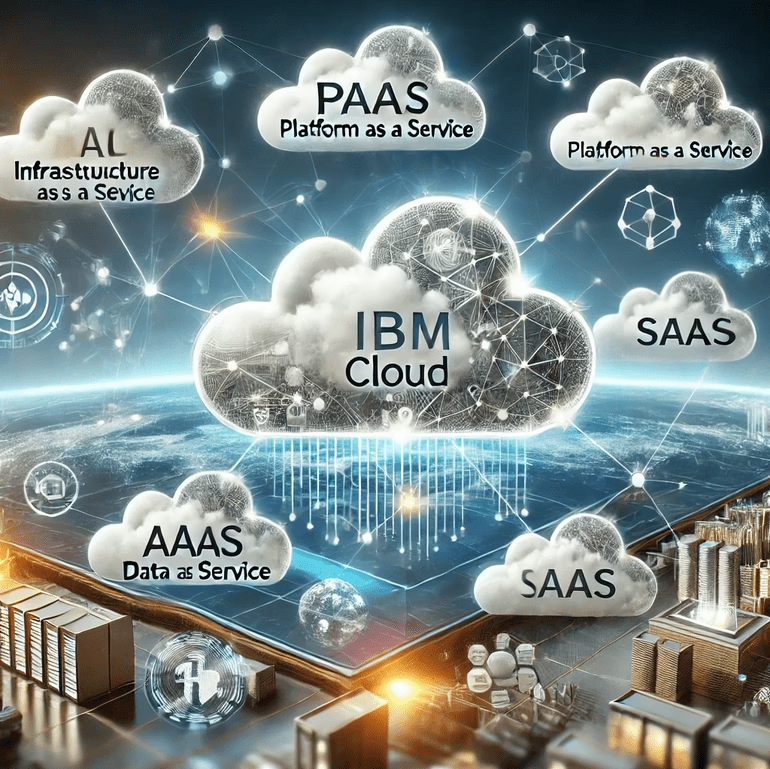In today’s fast-paced digital landscape, businesses demand applications that are agile, cost-effective, and can scale instantly to meet fluctuating demands. Traditional server-based architectures often struggle with these requirements. This is where serverless computing, and specifically Azure Functions, a key component of Microsoft’s Azure cloud platform, offers a revolutionary approach. Instead of managing servers, you deploy code that automatically scales and runs on-demand, paying only for the compute time you consume.
Whether you’re a business leader aiming to optimize your IT spending or a tech professional seeking to build the next generation of cloud applications, understanding Azure Functions is essential. Let’s explore how it unlocks the power of serverless computing for both enterprises and IT talent.
For Enterprise Leaders: How Does Azure Functions Drive Business Agility and Cost Savings?
For senior managers and executives, the ability to rapidly adapt to changing market conditions and optimize IT spending is critical for maintaining a competitive edge.
- Direct Answer: Azure Functions enables businesses to build highly agile and cost-effective cloud solutions by eliminating server management overhead. This leads to reduced infrastructure costs, faster time-to-market for new applications, increased operational efficiency, and the ability to scale resources dynamically to meet demand, directly impacting the bottom line.
- Detailed Explanation and Supporting Evidence:
- Pay-Per-Use Model: You only pay for the actual compute time your code consumes. When your functions aren’t running, you’re not charged, leading to significant cost savings compared to always-on servers.
- Automatic Scalability: Azure Functions automatically scales resources up or down based on demand. This ensures your applications can handle peak loads without requiring manual intervention or over-provisioning resources.
- Faster Development and Deployment: Developers can focus on writing code, not managing infrastructure. Azure Functions integrates with various triggers (HTTP requests, message queues, timers) and supports multiple programming languages, speeding up the development lifecycle.
- Event-Driven Architecture: Azure Functions can be triggered by events in other Azure services (e.g., a file being uploaded to storage, a message arriving in a queue), allowing for highly responsive and automated workflows.
- Reduced Operational Overhead: With no servers to manage, your IT team can focus on higher-value activities like application development and innovation, rather than server maintenance and patching.
Curate Partners’ Consulting Lens: We’ve seen that organizations adopting serverless architectures with Azure Functions can achieve remarkable agility and cost optimization. Our consulting services help businesses design and implement serverless solutions aligned with their specific needs and strategic goals.
For Tech Professionals (Data Engineers, Data Scientists): How Can Mastering Azure Functions Advance Your Career?
For data engineers, data scientists, and other IT professionals, expertise in serverless computing, particularly with Azure Functions, is a highly sought-after skill in today’s cloud-centric world.
- Direct Answer: Mastering Azure Functions equips you with the skills to build and deploy scalable, event-driven applications in the cloud, becoming a valuable asset in modern cloud development. This expertise is crucial for roles like Cloud Developer, Serverless Architect, DevOps Engineer, and Data Engineer, significantly enhancing your career prospects.
- Detailed Explanation and Supporting Evidence:
- Cloud-Native Development: Azure Functions is a core component of building cloud-native applications. You’ll gain expertise in designing and deploying solutions that leverage the full power of the cloud.
- Event-Driven Programming: You’ll learn how to build applications that react to events in real-time, enabling highly responsive and automated systems.
- Scalability and Performance: You’ll understand how to design applications that scale automatically to handle varying workloads, ensuring optimal performance and cost-efficiency.
- Integration with Azure Ecosystem: Azure Functions seamlessly integrates with other Azure services (e.g., Logic Apps, Event Grid, Cosmos DB), allowing you to build complex, interconnected cloud solutions.
- Multiple Language Support: Azure Functions supports popular programming languages like C#, Python, JavaScript, and Java, allowing you to leverage your existing skills.
- DevOps Best Practices: Working with Azure Functions often involves adopting DevOps practices like Infrastructure as Code (IaC) and continuous integration/continuous deployment (CI/CD), enhancing your overall skill set.
Curate Partners’ Talent Focus: We connect skilled Azure Functions developers and architects with leading companies building innovative cloud solutions, providing opportunities to work on cutting-edge projects.
For Enterprise Leaders: Is Azure Functions Secure and Scalable for Enterprise Applications?
Concerns about security, scalability, and integration with existing systems are paramount for enterprise adoption of new technologies.
- Direct Answer: Azure Functions offers enterprise-grade security features, automatic scalability, and flexible integration options, making it suitable for a wide range of enterprise applications.
- Detailed Explanation and Supporting Evidence:
- Security: Azure Functions integrates with Azure Active Directory for authentication and authorization, providing robust access control. It also supports encryption for data in transit and at rest.
- Scalability: Azure Functions automatically scales based on demand, ensuring your applications can handle peak loads without performance degradation.
- Integration: Azure Functions can connect to various data sources (SQL Server, Cosmos DB, etc.) and integrate with other Azure services and external APIs.
- Compliance: Azure Functions meets various industry compliance standards, ensuring your applications adhere to regulatory requirements.
- Monitoring and Management: Azure provides tools for monitoring and managing your functions, allowing you to track performance, identify issues, and ensure smooth operation.
Curate Partners’ Consulting Lens: We guide enterprises in designing and implementing secure, scalable, and well-integrated Azure Functions solutions that meet their specific business needs and compliance requirements.
Conclusion: Serverless Agility with Azure Functions
Azure Functions empowers businesses to build agile, cost-effective, and scalable cloud solutions. For enterprises, it translates into faster innovation, reduced IT spending, and the ability to respond rapidly to changing market demands. For IT professionals, it offers a path to mastering a key technology in the cloud-native world, opening doors to exciting career opportunities.
By unlocking the power of serverless computing with Azure Functions, organizations and individuals can confidently embrace the future of cloud-based applications.












